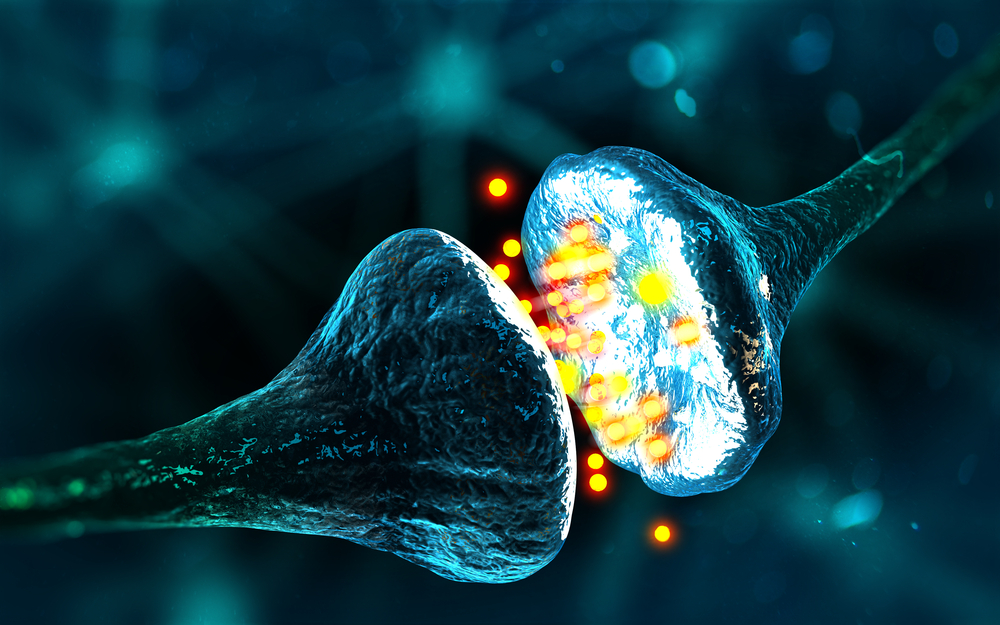Neurodegenerative Disease Mechanisms May Begin Soon After Birth, Mouse Study Suggests

The mechanisms that lead to progressive degenerative diseases like Parkinson’s in adulthood begin much earlier than previously thought, a mouse study suggests.
In fact, they may start soon after birth, researchers said.
The study, “Mutant ataxin1 disrupts cerebellar development in spinocerebellar ataxia type 1,” was published in the Journal of Clinical Investigation.
A movement disorder called spinocerebellar ataxia type 1 (SCA1) is caused by mutations of the ATXN1 gene. It starts with coordination and balance problems and progresses over time. Symptoms typically begin in early adulthood but can appear any time between childhood and late adulthood.
Northwestern University researchers wondered when the disease’s mechanisms begin appearing. For their study they genetically engineered a mouse to mirror the human disease.
A key thing they discovered was that altered circuitry in the cerebellum — an area of the brain responsible for movement control — sets the stage for later susceptibility to the disease.
The mice lacked the ATXN1 gene. Although their disease’s symptoms appeared relatively late, their brain starting showing alterations in gene activity as early as a week after birth.
“Given the importance of this postnatal period for cerebellar development, we asked whether this region might be developmentally altered by mutant ATXN1,” the researchers wrote.
They focused on stem cells in cerebellar white matter that play key roles in the animals’ first weeks of life. The stem cells differentiate into important nerve cells — basket cells and stellate cells.
Importantly, the stem cells also give rise to cerebellar astrocytes, star-shaped cells that regulate the connections between nerve cell signaling and central nervous system blood vessels.
ATXN1 gene mutations increase the proliferation of cerebellar stem cells and influence their fate, researchers said. They way they do this is by promoting the stem cells’ differentiation into nerve cells and away from an astrocyte lineage.
“We were amazed to find that they multiplied excessively and tended to differentiate into inhibitory neurons called basket cells,” Puneet Opal, MD, PhD, a professor at Northwestern University Feinberg School of Medicine, said in a press release.
“We knew that cerebellar stem cells generate inhibitory neurons [one class of nerve cell], but in this case the number of inhibitory neurons was so much more than normal that they generated an enhanced inhibitory effect on Purkinje neurons, the chief output neurons of the cerebellum,” said Opal, who was the study’s lead author.
The changes disrupt the normal cerebellar function, he said. “This network dysfunction could be a constant stress, and that constant stress makes the neural network deteriorate over time,” he added.
While the mechanisms underlying the detrimental effects of mutant ATXN1 remain unknown, the findings point to an underappreciated phenomenon: The mechanisms of neurodegenerative diseases begin very early in life, before symptoms appear.
“This is the first discovery of alterations in an adult-onset spinocerebellar disorder that stem from such early developmental processes,” Opal said. “This may well be generalizable to a whole host of other diseases, including Alzheimer’s disease, Huntington’s disease, Parkinson’s disease and amyotrophic lateral sclerosis.”






